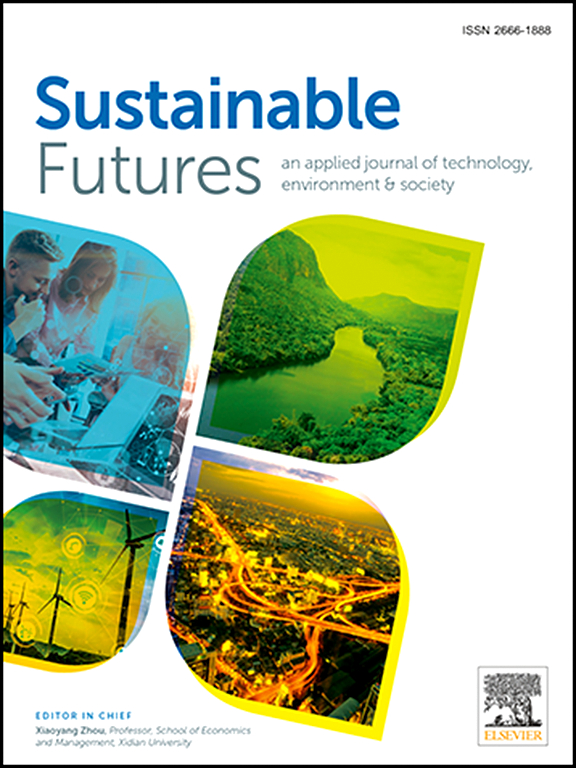眼睛水平的绿色:探索可见绿色对大学生体育活动的影响
IF 4.9
2区 社会学
Q2 ENVIRONMENTAL SCIENCES
引用次数: 0
摘要
城市绿地对于促进体育活动至关重要,并对公众健康产生公认的积极影响。研究一致表明,青少年缺乏身体活动的程度很高,他们的运动习惯影响着未来的旅行行为。虽然大多数研究都集中在社区环境,但本研究探索了中国的大学校园。与西方校园不同,中国的大学通常被物理墙包围,呈现出独特的空间动态。本研究采用国际体育活动问卷(IPAQ)对广州10所高校811名学生进行体育活动水平评估。为了从行人的角度评估绿化,我们对街景图像进行了深度学习语义分析。这种方法符合人类的视觉体验,为分析校园绿地提供了一种新颖的方法。使用多水平线性回归模型来探索这些封闭环境中绿地暴露与学生体育活动之间的联系。研究结果表明,可达的绿色空间与学生的身体活动之间存在显著的正相关关系。此外,积极的旅行行为,如步行,与学生更多的身体活动呈正相关。然而,我们的研究发现,通过遥感分析的绿地与学生活动水平之间没有显著的联系。这些见解强调了将绿色空间纳入城市规划以促进更健康社区的重要性。本文章由计算机程序翻译,如有差异,请以英文原文为准。
Green at eye level: Exploring the impacts of visible greenery on physical activity among university students
Urban green spaces are vital for promoting physical activity and have a recognised positive impact on public health. Research consistently shows high levels of physical inactivity among adolescents, with their exercise habits influencing future travel behaviours. While most studies focus on neighbourhood settings, this study explores university campuses in China. Unlike Western campuses, Chinese universities are typically enclosed by physical walls, presenting unique spatial dynamics. This research involved a survey of 811 students across ten universities in Guangzhou, employing the International Physical Activity Questionnaire (IPAQ) to assess their levels of physical activity. To evaluate greenery from a pedestrian's perspective, we applied a deep learning semantic analysis of street-view images. This method is consistent with human visual experience, providing a novel way to analyse campus green spaces. A multilevel linear regression model was used to explore the link between green space exposure and student physical activity within these enclosed environments. The findings indicate a significant positive correlation between accessible green spaces at eye-level and students’ physical activity. In addition, active travel behaviours, such as walking, correlate positively with greater physical activity among students. However, our study found no significant connection between green spaces analysed via remote sensing and student activity levels. These insights underscore the importance of integrating green spaces into urban planning to foster healthier communities.
求助全文
通过发布文献求助,成功后即可免费获取论文全文。
去求助
来源期刊

Sustainable Futures
Social Sciences-Sociology and Political Science
CiteScore
9.30
自引率
1.80%
发文量
34
审稿时长
71 days
期刊介绍:
Sustainable Futures: is a journal focused on the intersection of sustainability, environment and technology from various disciplines in social sciences, and their larger implications for corporation, government, education institutions, regions and society both at present and in the future. It provides an advanced platform for studies related to sustainability and sustainable development in society, economics, environment, and culture. The scope of the journal is broad and encourages interdisciplinary research, as well as welcoming theoretical and practical research from all methodological approaches.
 求助内容:
求助内容: 应助结果提醒方式:
应助结果提醒方式:


